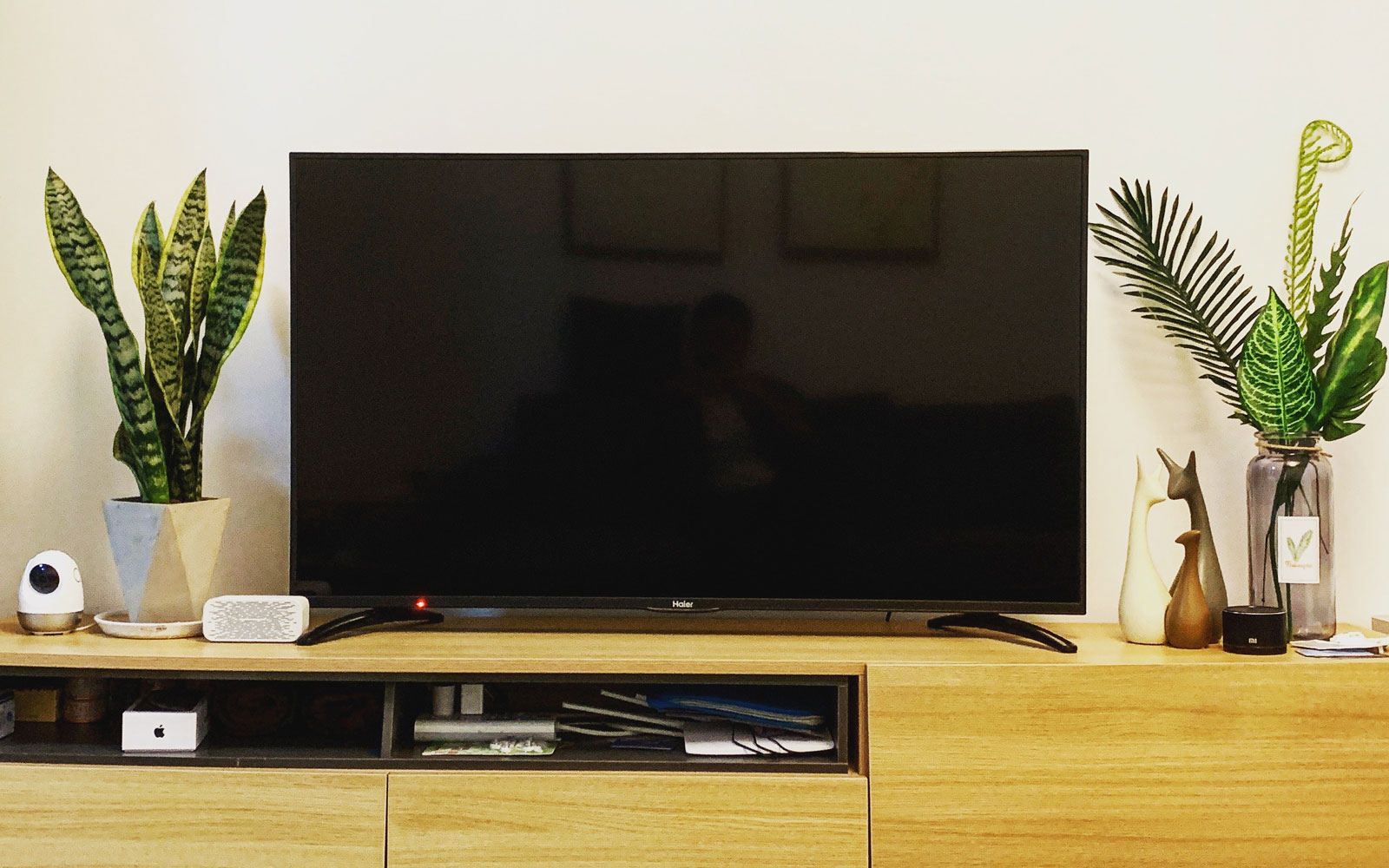This excerpt is featured in an article originally published by Ad Exchanger.
As audiences erode on linear TV, supply is shrinking and pricing is going up on scarcity value.
Advertisers have already shifted a significant amount of money out of linear TV as audiences flock to digital. According to Zenith, digital will make up more than half of ad spend globally for the first time in 2021, when it hits $350 billion. In the United States, digital ad sales surpassed linear TV back in 2017, according to Magna.
But advertisers still rely heavily on linear TV as they struggle to recreate its reach and branding impact at the same efficiencies. Despite ratings declines, adults 18-49 years old still spend 66% of their video viewing time with linear TV, according to Nielsen. And price hikes are common in any industry when demand outpaces supply.
“You may not like the price, but for the audience you’re able to attract, it works,” said Catherine Sullivan, chief investment officer at Omnicom Media Group. “The pie is just changing, so the question is, how much should you be spending there?”
While ad buyers may be willing to put up with inflation for now, they’re already wondering how long pricing hikes are sustainable as audiences shrink – and whether TV is riding a bubble.
Upfront prices continued to rise by double digit percentages in 2019, and the scatter market is expected to rise at a significant premium as well, according to Standard Media Index. Yet, broadcast C3 ratings declined 11% this year, according to Nielsen. Just two-thirds of Americans still pay for a cable subscription, down 10% from 2016, according to PwC.
Without a better alternative, certain brands are willing to pay higher prices to reach fewer people on linear, even as attention fragments.
But networks are already gearing up for the shift, as they may struggle to command the same prices on digital distribution platforms that they can on broadcast and cable.
Linear still works
While it’s possible to replicate TV’s reach online, it’s much easier to achieve reach by buying linear TV.
Online video is expensive to aggregate, difficult to measure and often consumed on a mobile device, which delivers a more muted branding impact.
Complexities in cross-platform video buying are also holding back budgets from shifting out of linear. Agencies have had to make significant investments in cross-screen data platforms to effectively plan and buy media and reframe their understanding of the impact scale when paired with the ability to target.
“We’re negotiating 52 weeks of the year,” Sullivan said. “It takes months leading up to it, and it’s just getting started between all the M&A and streaming platforms. That requires a lot more planning, conversation and work for the agencies.”
For verticals like packaged goods, linear TV delivers significant volume efficiently. But as the cost per 30-second spot rises and audiences disappear, it’s questionable how long that volume is sustainable – especially as categories that disproportionately rely on TV face slowing growth.
CPG spending in the upfront was down 5% over the past two years to $3.7 billion, and down 6% to $1.1 billion in the scatter market, according to Standard Media Index. CPGs are looking at ways to drive incremental reach in different mediums instead of spending more on the same inventory every year.
Media budgets overall aren’t rising as media prices increase, so advertisers have to get creative about reallocating spend.
Meanwhile, deep-pocketed tech giants like Amazon and Google, as well as fast-growing direct-to-consumer startups are spending heavily on linear TV space as they grow their brands and roll out hardware products, underscoring the medium’s staying power.
So while linear TV ratings are in decline, it will be a while before its reach is worse than the next best alternative – and before advertisers are willing to stop paying a premium for it.


